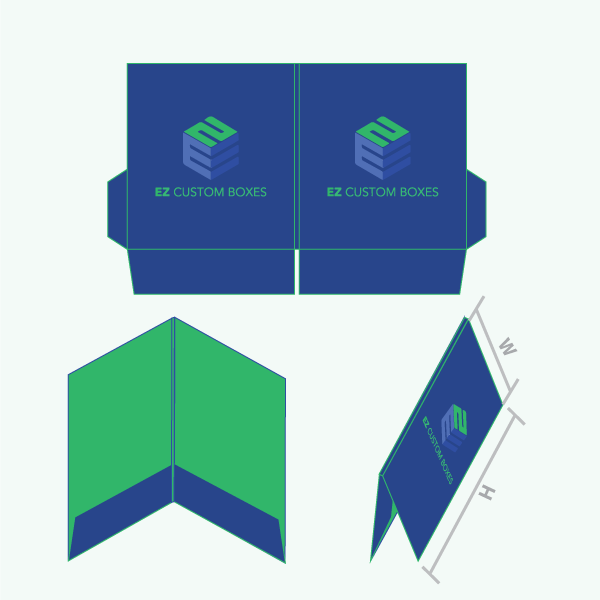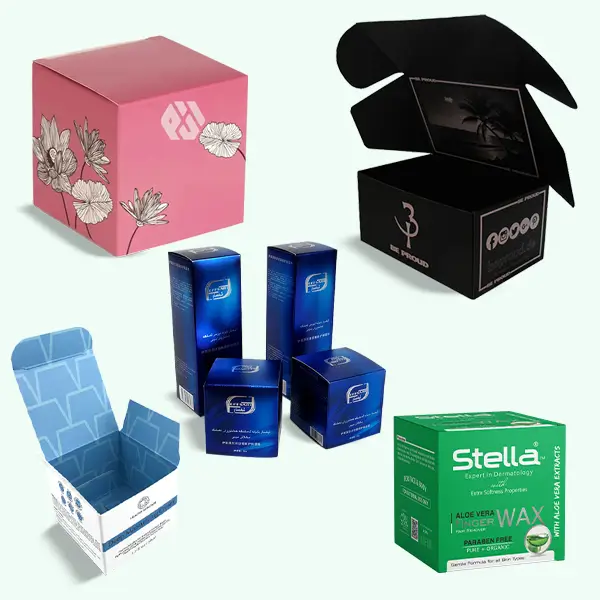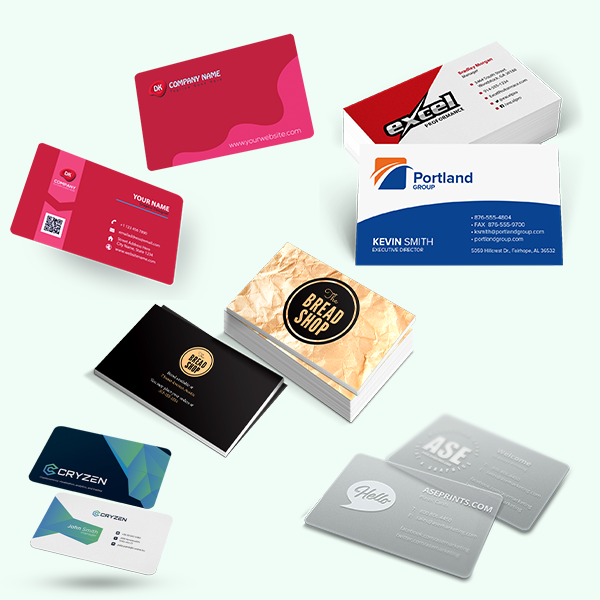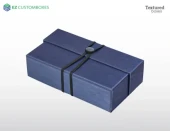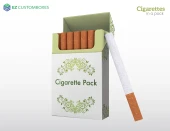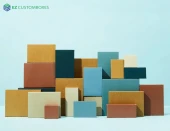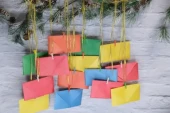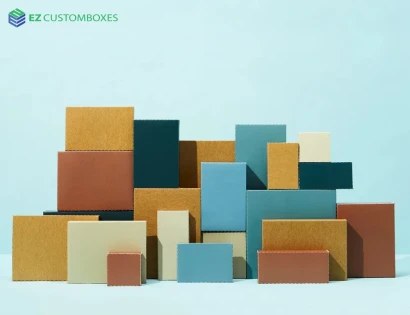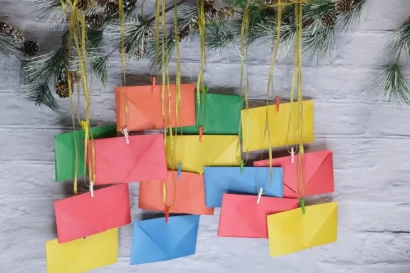Cardstock is a type of thick paper that is more flexible and thinner than paperboard or cardboard, but it is stronger and lasts longer than regular paper. People often use it for making crafts, cards, invitations, scrapbooks, and packaging.
Card Stock vs. Cover Stock
Cardstock and cover stock are almost the same. The only difference is that cover stock is cardstock that has been coated.
Types of Card Stock
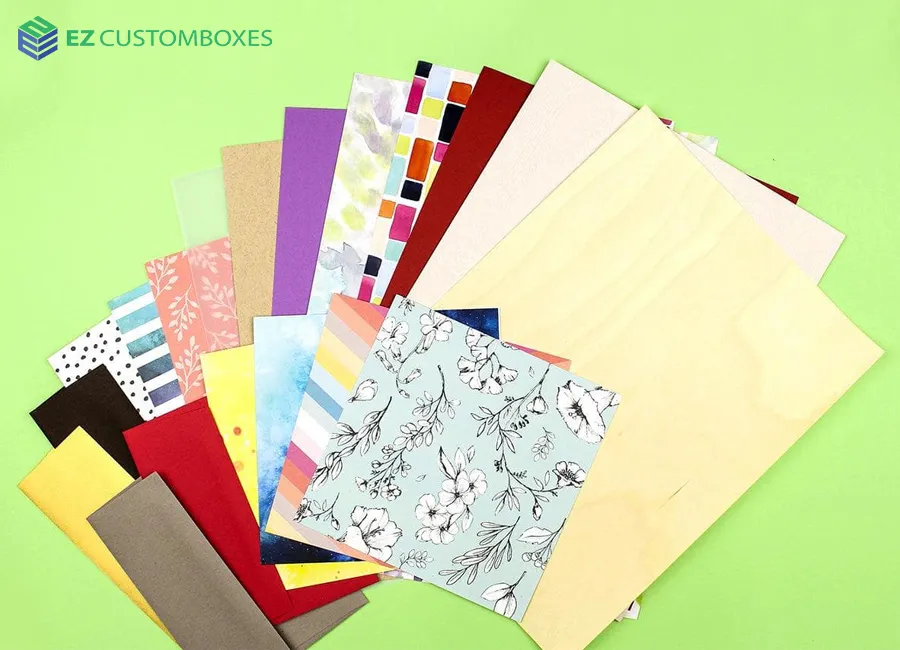
Understanding the main differences in weight, finish, and coating that define it is fit for different projects will help one to explore the several kinds of card stock.
Thickness of Cardstock
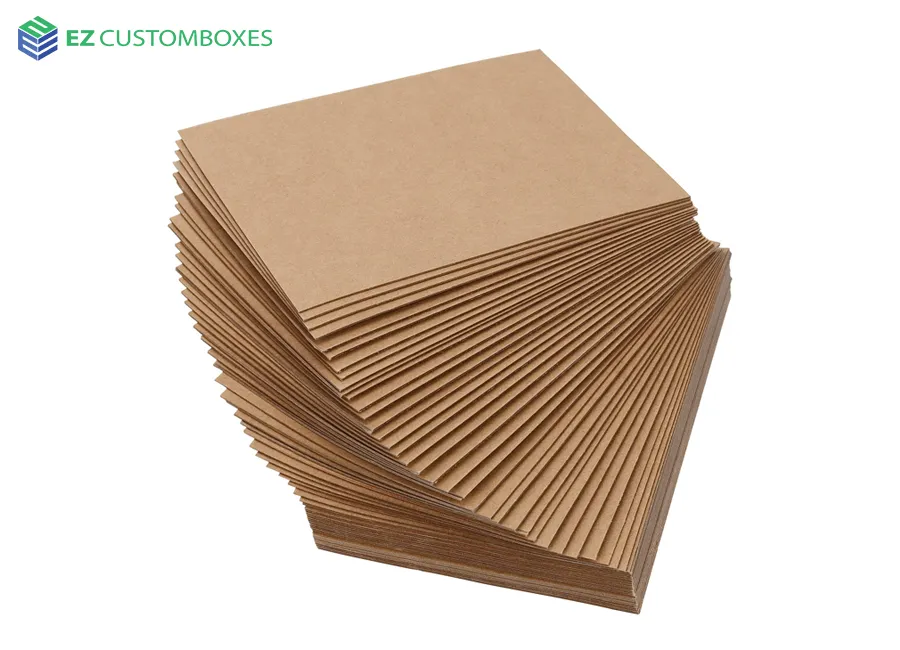
Higher numbers indicate thicker and heavier paper; usually, cardstock weight is expressed in pounds (lb), points (pt), or grams per square meter (gsm).
|
lb |
pt |
gsm |
|
100 lb |
12pt |
approx. 271-298 gsm |
|
110 lb |
14pt |
approx. 298-325 gsm |
|
120 lb |
16pt |
approx. 325-350 gsm |
|
130 lb |
18pt |
approx. 350-400 gsm |
|
160 lb |
24pt |
approx. 450-500 gsm |
- 12pt: Perfect for postcards, business cards, and light-weight brochure covers.
- 14pt:Commonly used for sturdy brochure covers, invitations, and premium business cards,
- 16pt: Perfect for luxury packaging, premium business cards, and sturdy book covers.
- 18pt: Perfect for premium covers, high-end packaging, and heavy-duty corporate cards.
- 24pt: Ideal for very thick business cards, custom packaging, and incredibly strong covers.
Finishes and Textures
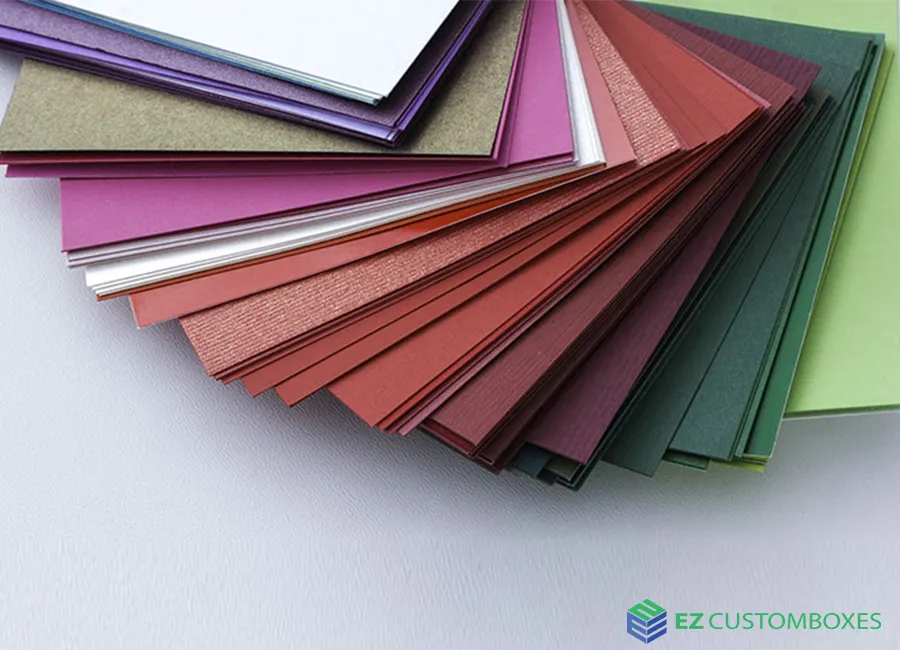
- Glossy vs. Matte Finishes: Glossy finishes would be great for photos and marketing materials because they make colors look brighter and more vibrant by giving them a shiny, reflective surface. Finishes that are matte On the other hand, matte finishes give a smooth, non-reflective surface that looks more elegant and understated, which is great for business cards and formal invitations.
- Textured Card Stock Options: Textured card stock gives printed goods a tactile component. Perfect for luxury invitations, special event programs, and creative packaging are options like linen, with it is fabric-like texture, or felt, with a soft, velvety feel. These textures give designs complexity and character.
Coated vs. Uncoated Cardstock
- Differences: Coated card stock gets a smooth finish by adding a glossy or matte coating. You could get it in C1S (coated one side) or C2S (coated two sides). This coating keeps ink from soaking into the paper and makes printed images look better. Uncoated card stock has a naturally porous surface that is great for printing or writing on because it feels more natural.
- Applications for Every Type: Professional materials including brochures, upscale business cards, and product packaging where image quality and durability are critical often use coated card stock. For letterpress, craft, and projects requiring a more natural, writable surface—such as stationery or greeting cards—uncoated card stock is recommended.
Use of Cardstock in Paper Crafting and Packaging
People often use cardstock for the following:
- Greeting Cards: Cardstock is a common material for making birthday cards, holiday cards, thank-you cards, and other kinds of cards. It can handle things like stamps, stickers, and handwritten notes because it is thick.
- Business Cards: Cardstock is the best material for business cards because it looks professional and lasts a long time. It feels heavy, which makes a strong impression when you meet people.
- Cardstock is a great choice for postcards because it can handle the wear and tear of being sent through the mail while still looking nice and professional.
- Invitations: People often use cardstock to make invitations for weddings, parties, and other important events. It can hold up to complex designs, embossing, and foil stamping because it is strong.
- People often use cardstock to make boxes for cosmetics, electronics, and small gifts, among other things. It is light enough to print on easily, but strong enough to keep the contents safe.
- For scrapbooking, cardstock is used as a base or background for layouts. It is thick enough to hold layers of photos, decorations, and other decorative items without bending.
Is cardstock just thick paper?
Pretty much, yeah — but it’s a little more special than that. Cardstock is thicker and sturdier than regular paper, which is why it's great for things like invitations, greeting cards, or anything you want to feel a bit more “official.” It’s not quite cardboard, but it definitely means business.
Is Cardstock paper A4?
It can be! Cardstock comes in A4 size, especially if you're buying it in countries that use metric paper sizes. But it also comes in other sizes like 8.5" x 11" (standard in the US) or 12" x 12" for crafting. So yes, A4 is just one of the many options.
Can you put Cardstock paper in a printer?
Yep, you can — just be a little careful. Most home printers can handle light to medium cardstock, but very thick ones might cause jams. Check your printer settings, use the manual feed if it has one, and tell the printer you're using heavy paper. That usually does the trick.
Is cardstock just a card?
Not exactly. Cardstock is the material — like the blank canvas. A card (like a greeting card or business card) is something made from cardstock. So think of cardstock as the base, and a card as the final creation.
Can you paint on cardstock?
You totally can! Thicker cardstock handles acrylics, gouache, and even some light watercolor pretty well. Just make sure you’re using a heavier weight — lighter cardstock might curl or warp. And if you're using lots of water, consider watercolor-friendly cardstock to be safe.
Can I get something printed on cardstock?
Absolutely. In fact, it's one of the most popular materials for printing things like invites, postcards, business cards, and packaging. Print shops offer it all the time, and many home printers can handle it too — as long as you don't go super thick.
What can you make with cardstock paper?
So many things! It’s super versatile. You can make:
- Greeting cards
- Wedding invitations
- Gift tags
- Scrapbook pages
- Mini boxes or packaging sleeves
- Paper flowers and other crafts
- Menus and flyers
- Business cards
Basically, if you want it to look polished and hold its shape, cardstock is a great pick.
Manufacturing and Structure of Cardstock
Before paper production became industrialized, the most common fiber sources were recycled fibers from old clothes, which are also called rags. Most of the time, these rags were made of hemp, linen, and cotton.
In 1843, wood pulp was added to the mix, making paper production no longer dependent on ragpickers and other recycled materials. The process of making paper has changed over the years.
There are two ways to make wood pulp: chemical pulping and mechanical pulping. Recycled paper, on the other hand, is made by mixing water with pulp that was made chemically or mechanically and then using mechanical processes.


